
Greetings Friends,
This newsletter includes seasonal wetland, Lee Point development, Darwin woodland, plants and wildlife.
1.0 The wet season is here
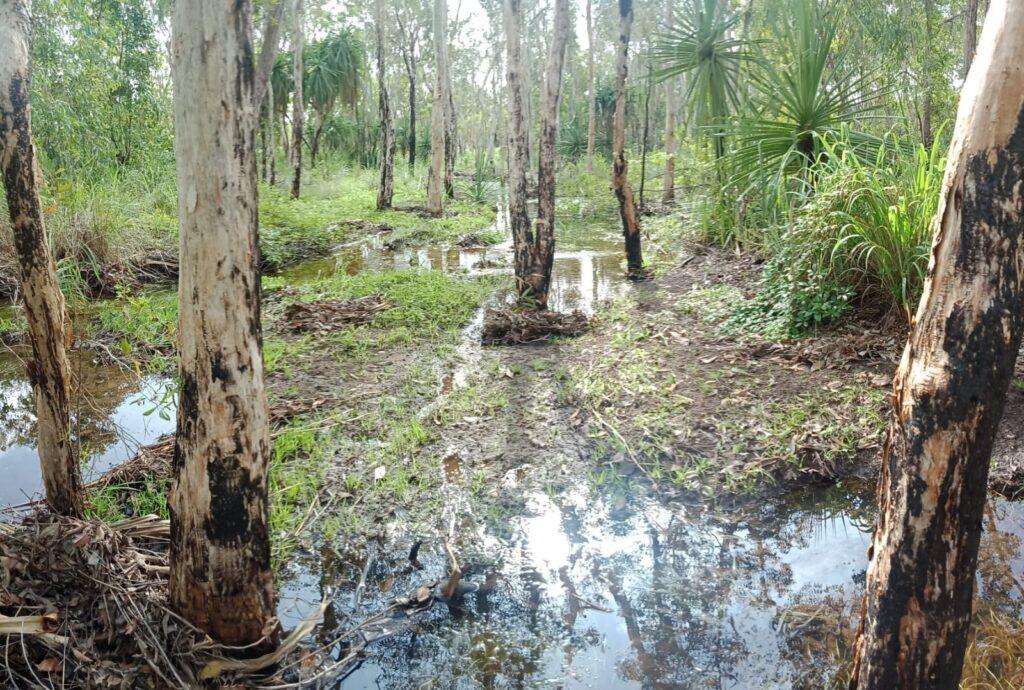
Fig 1. Seasonal Wetland
The low areas and runoff channel in the Corridor (see Fig 2) become a seasonal wetland this time of year.
2.0 Update on DHA Lee Point development
Late last year the federal minister for the Environment – Tanya Plibersek placed the DHA housing development at Lee Point on hold pending further information on the presence of Gouldian Finches in the area. Stage 2 (see Fig 2) was due to be cleared last year.
The planned DHA development (dashed orange Fig 2) involves 800 housing lots plus a commercial area. Approximately 70% of the housing lots are to be sold to private investors and 30% kept for defence personnel.

Fig 2. Map showing DHA Stage 2.
In other news:
- The golf course land (east of the caravan park) has been leased to Morandini Investments and is due to be renewed on the 27 March 2023. FLP would like to see the majority of the disused golf course incorporated into a reserve like Casuarina Coastal Reserve – refer; FLP Lee Point Area Map
- ABC ran stories on Gouldian Finches and the Lee Point DHA development including this radio national presentation (4 mins 12secs) ABC-Jan 2
Petition to Ministers responsible for DHA
DHA is wholly owned by the Australian Government. We are hoping that the new government ministers responsible for DHA and their developments will listen to the community. This petition: calls on the (two) shareholder ministers of DHA to intervene, stop the defence housing project at Lee Point and relocate it to a more suitable area.
You can help by signing the:PETITION
3.0 Lee Point Trivia
Q1. How far (in driving time) do the majority of Territorians live from the most visited park in the Territory?
A. 30 minutes B. under 2 hours C. over 3 hours
4.0 Darwin woodland
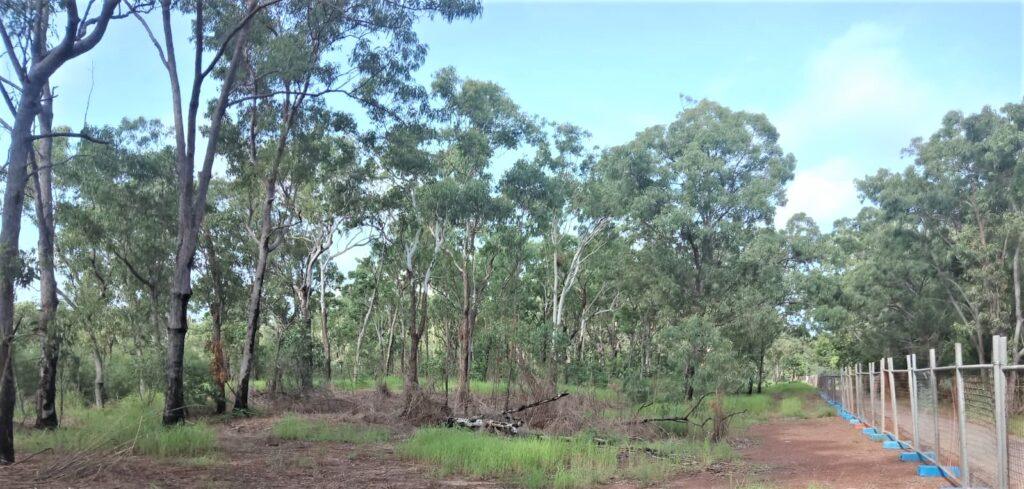
Fig 3. Darwin woodland under threat at Lee Point
By 2050 it is believed that most of Darwin’s large woodland trees will be gone and with it most of the tree hollows that many wildlife rely on. Retaining high quality woodland is important for Darwin and for Lee Point, it helps make Lee Point – a special part of Darwin.
Avoidance is the first and most important step to avoid harm to biodiversity of greatest conservation concern. The NT Government’s Biodiversity Offsets Policy supports investigating the avoidance option as the first step. FLP believe that the biodiversity offset at Lee Point for the Black-footed tree-rat is not fit for purpose for conservation, refer Darwin’s large woodland trees – a preliminary study, and the defence housing development should be relocated to a more suitable location, refer Planning for Lee Point.
How you can help is set out in What to do next .
Biodiversity and government
On a global scale, a historic agreement was reached in December 2022 at the UN biodiversity conference – COP15. The most significant part of the agreement is a commitment to protect 30 per cent of land and water considered important for biodiversity by 2030, known as “30 by 30” – ABC POST 2. Australia currently protects around 22% of land and 30% of water. Hopefully the “30 by 30” agreement will bring some good news for Darwin’s woodland.
On a local level, City of Darwin (Greening Darwin Strategy) and City of Palmerston strongly supports the retention of the urban forest wherever possible.
5.0 Plants and wildlife
Many plants flower at Lee Point with the wet season rains which in turn attract insects.
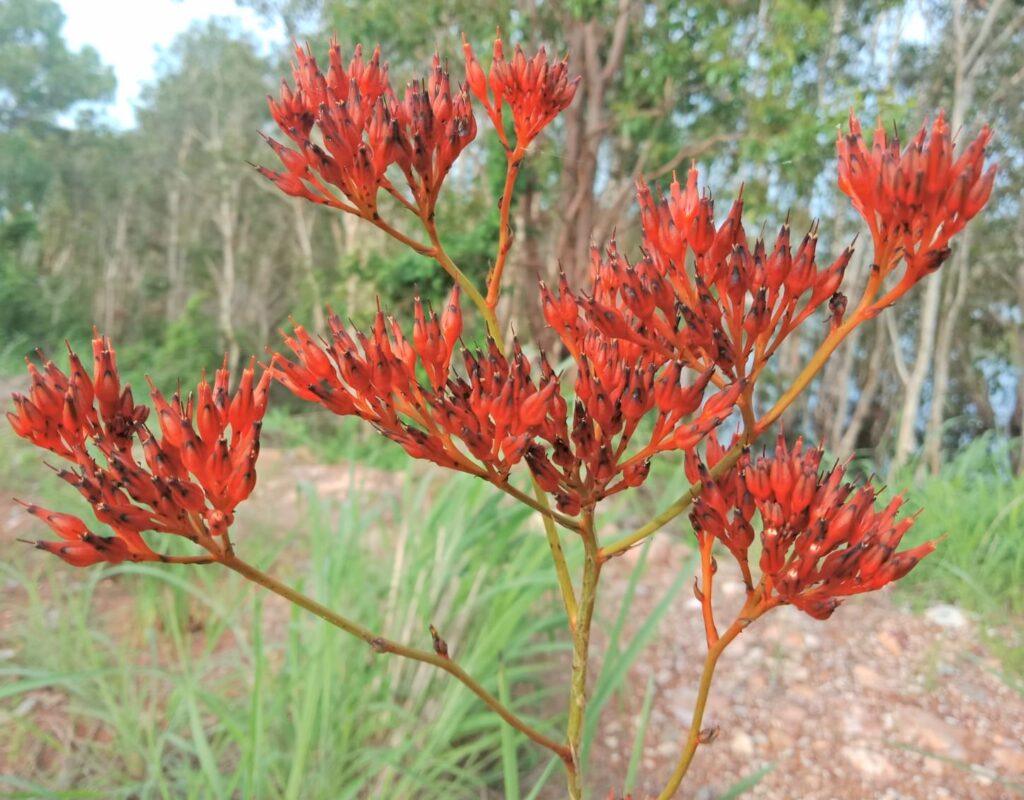
Scarlet-flowered Bloodroot (Haemodorum coccineum) near Lee Point Dam. Bloodroots are related to Kangaroo Paws.
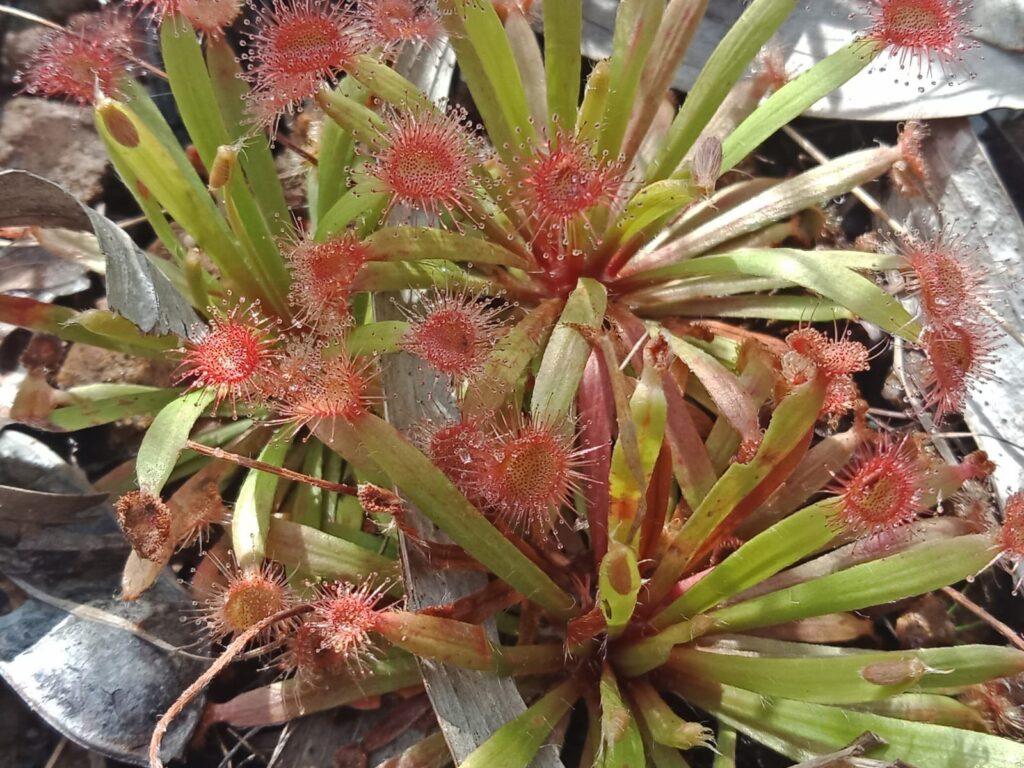
Sundew (Drosera spp.) on sandy soil in the Corridor. Sundews are carnivorous plants. They outcompete other plants in nutrient poor soils by capturing and digesting insects.
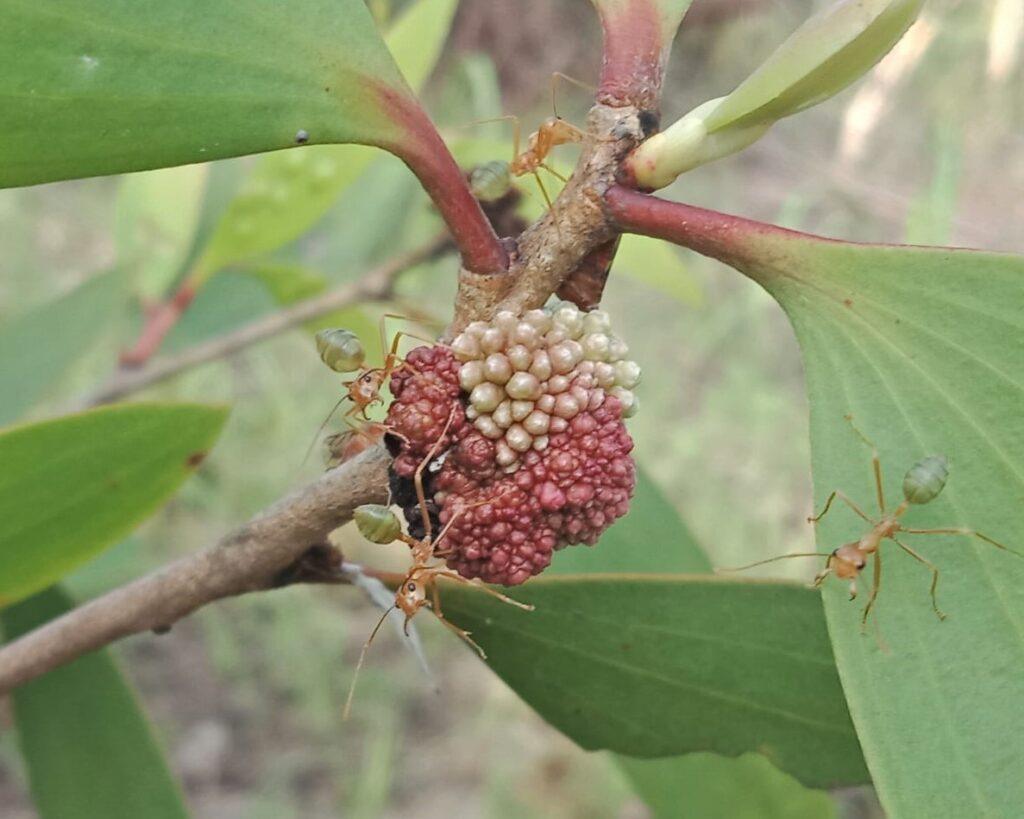
A gall on a paperbark and some green ants who aren’t prepared to share. Galls are generally caused by insects and mites and are common at Lee Point.
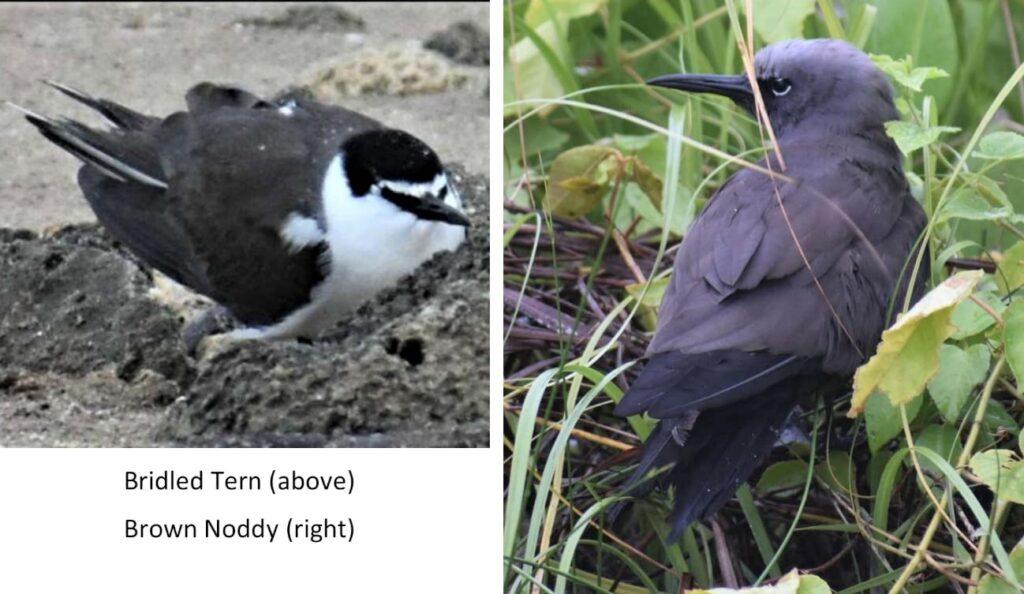
These two rare visitors were photographed late December 2022 by Peter Brown near the Lee Point carpark after a major storm. Both nest on offshore islands and only come to the coast after bad weather.
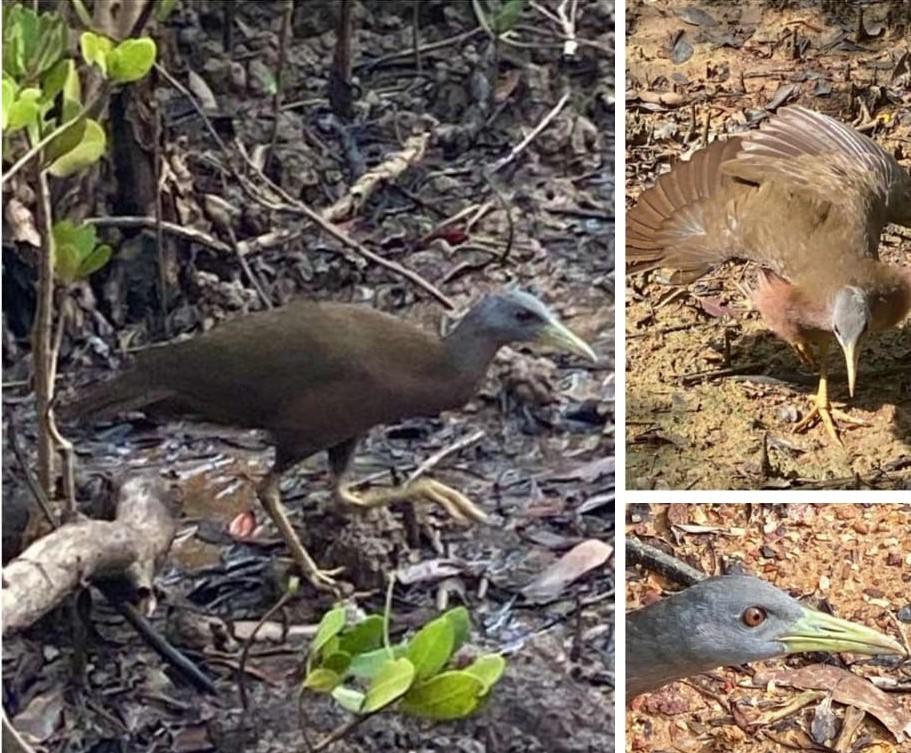
Chestnut Rail – photographs by David Percival
Chestnut Rails are probably the most sought after of the mangrove-endemic birds by birdwatchers. Buffalo Creek (see Fig 2) can be a reliable place to view these shy birds.
References: Australian Bird Guide plus Birds of the Top End by Niven McCrie and Richard Noske.
Enjoy the wet season at Lee Point
Answer Q1 – A. 30 minutes.